Should a martini be shaken or stirred? It depends on the vodka
Why did James Bond eschew what is accepted as the correct way to serve a martini? And, anyway, is it correct? It’s a problem that has exercised scientific minds down the years, explains Mick O’Hare

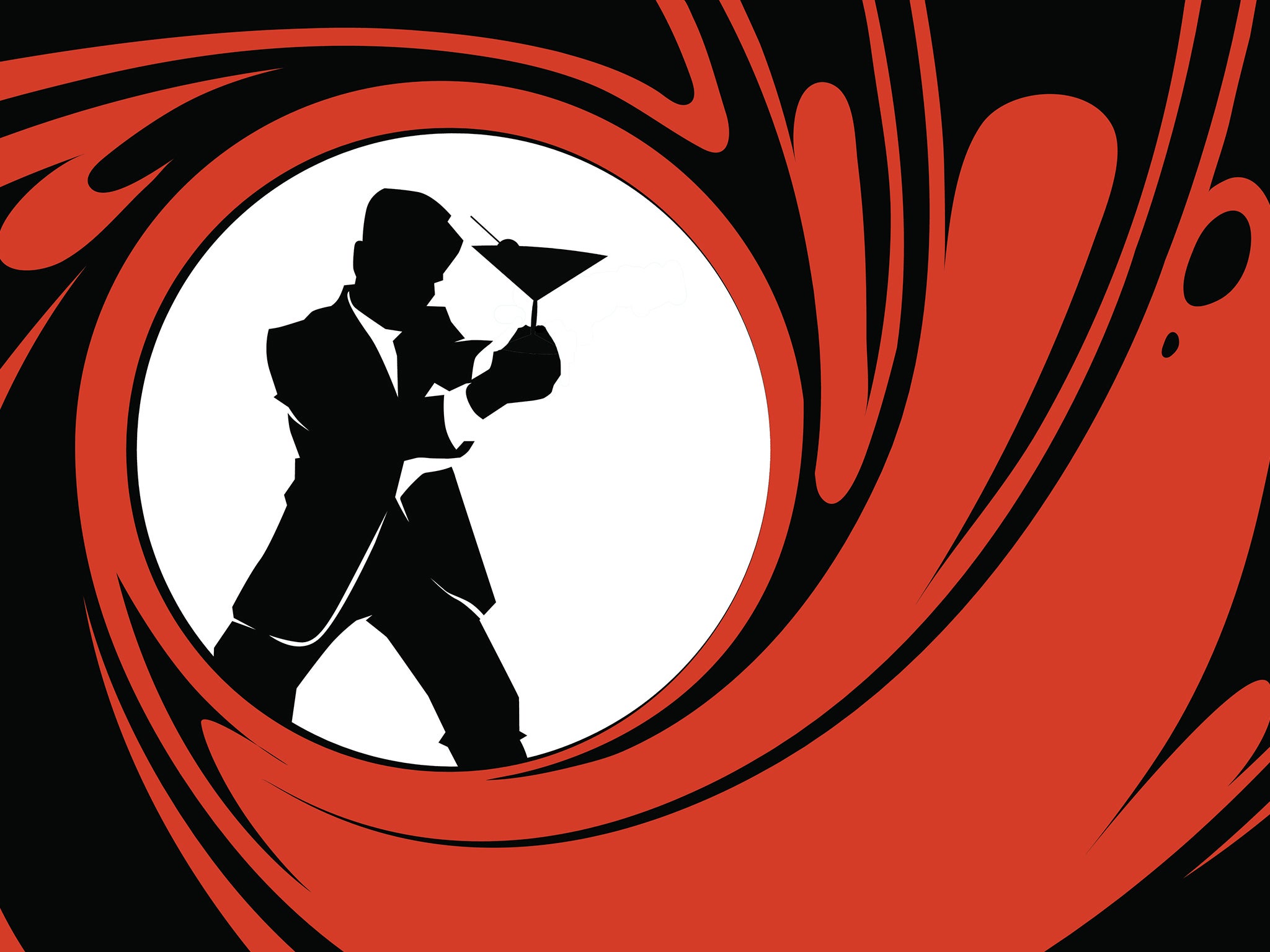
Whoever thought that James Bond would be a victim of coronavirus? The release of the 25th movie of the Bond franchise, No Time To Die, has been postponed until November. Those desperate to catch sight of MI6’s greatest agent might need a stiff drink to see them through the extra seven months they’ll now have to wait. Most likely a vodka martini, shaken not stirred.
Doubtless we’ll discover that Covid-19 has been dumped on us by evil scientists working for SPECTRE and maybe the delay is to tweak the plot so that Bond can save the planet from their iniquity, but whatever happens, come November no matter how munificent the movie’s explosions, how solipsistically evil the megalomaniac villain, and no matter how picturesque the supporting cast might be, there will always be time for Bond to pause briefly mid-mission and demand his favourite drink.
Unless he surprises us – and he has done in the past: in Goldfinger he orders a mint julep and in Skyfall he’s seen drinking Heineken (seriously guys, no…) – as sure as grain distils into spirit we all know exactly what he’ll be ordering at whatever achingly cool bar he finds himself in. A vodka martini. Shaken not stirred. And although he again drinks beer in Quantum of Solace thank goodness he makes up for his misdemeanour by downing six martinis (yes, six) on a flight to Bolivia. Reputation restored.
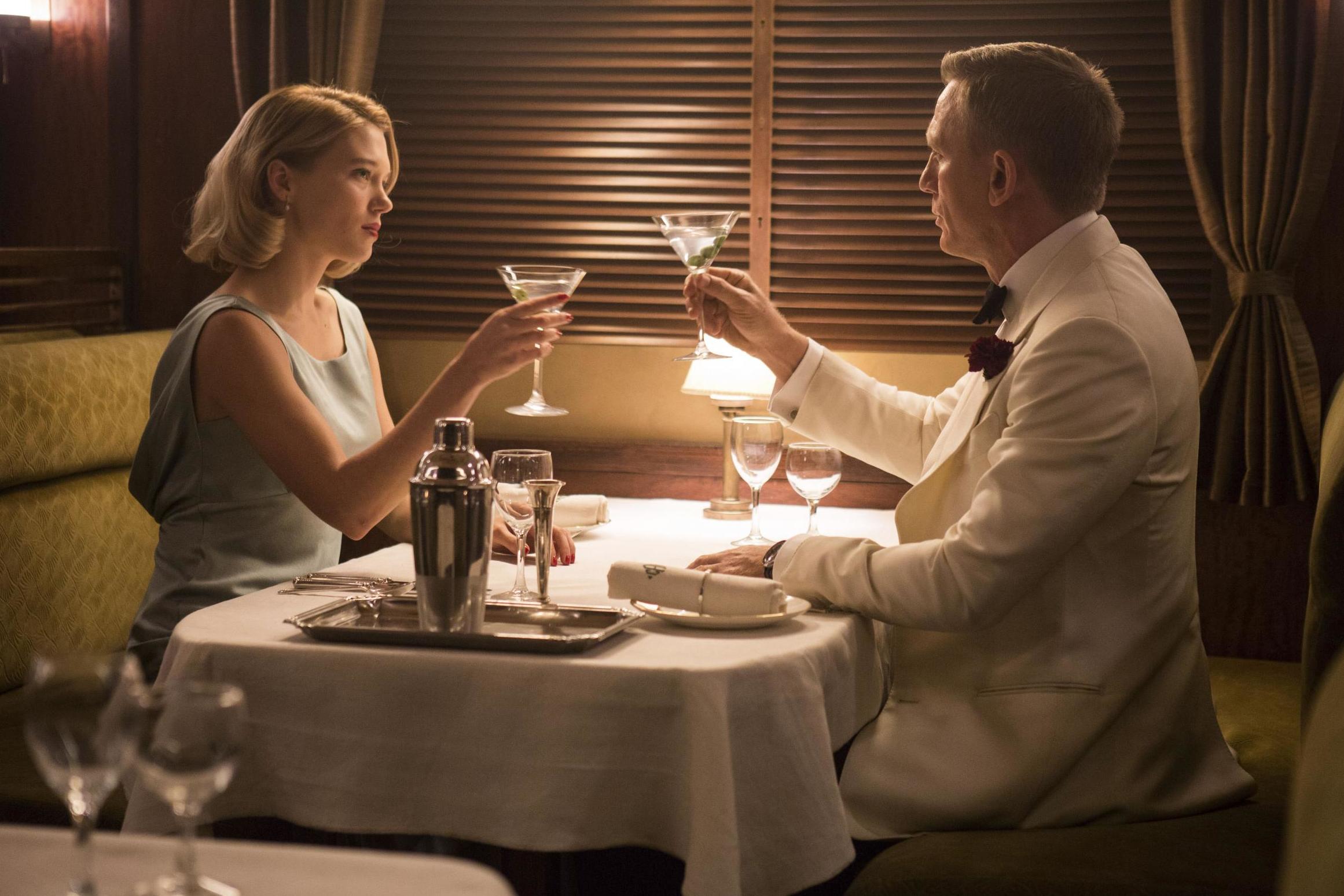
And while it’s true that in the movies Bond has been shot at more times (almost 5,000 – of which the chances of surviving are calculated as 0.95 to the power of 5000, or pretty much zero) than he’s ordered vodka martinis (just over one per film on average), watching a man down 5,000 martinis might not make for the most thrilling cinema experience (on the other hand Richard Burton made an off-screen career out of it). Yet you’d think with all that boozing experience Bond might have got it right. But no.
If you ask any martini aficionado or any self-respecting bartender you’ll discover that martinis should be stirred not shaken. Shaking “bruises the spirit” apparently and over-dilutes the finished product. Leaving aside the obvious retort that vodka doesn’t have a vascular system and so can’t bruise, there is no doubting that the best bars on the planet always stir their martinis. As renowned London bartender Brian Silva of Rules says: “Dilution is the absolute key, and shaking means you don’t have the same control over it.” Shaking is, to some, regarded as desecrating one of the world’s great drinks.
Dilution is the absolute key, and shaking means you don’t have the same control over it. Shaking is, to some, regarded as desecrating one of the world’s great drinks
And James Bond, a man of impeccable sophistication both sartorially and culturally (despite the overbearing misogyny), would surely know this. In Diamonds are Forever, much to the irritation of his controller M, he is able to date exactly the establishment of the “unusually fine” solera on which his sherry is originally based (1851 since you ask, and “unmistakeable”). Bond is clearly the epicurean’s epicurean, just like his creator: novelist and bon vivant Ian Fleming.
Fleming was an habitué of some of London’s finest bars, especially Dukes in St James’s, a short walk (or Oddjob hat throw?) across Green Park from his home in Belgravia, where the martinis are oft-cited as the best in the world, and so alcohol-laden that guests are, very politely, restricted to only two at any one sitting. It’s at Dukes that legend has it Fleming also invented the Vesper martini that appears in Casino Royale, the first Bond book and the 21st movie of the franchise. More of that later.
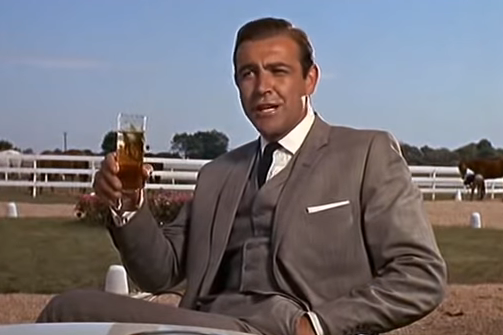
So, for the uninitiated, what exactly is a vodka martini? It’s a cocktail made by mixing vodka with dry white vermouth (more common in Britain, perhaps, is a gin martini – you just swap the vodka for gin – but Bond travelled internationally so presumably picked up a taste for the former). The more vermouth you add to the vodka, the “wetter” the martini is supposed to be (despite, paradoxically, the vermouth being dry).
However, today’s trend is for martinis to be “dry”, so less vermouth is added, possibly in proportions as little as one part vermouth to eight parts vodka. Some drinkers insist on the vermouth merely being swirled around the glass and then discarded (a so-called naked martini), while some bars will offer to spray a mist of vermouth over the surface of the vodka. Once you are happy with your proportions the cocktail is stirred (or shaken…) with ice until chilled and served in the classic martini glass with either a twist of lemon zest or olives on a cocktail stick. This magical but simple mix is what many people regard as the world’s finest cocktail: mysteriously no two ever seem quite the same, which is all down to the delicate balancing act between the two ingredients and their subsequent dilution.
In the days when the author was writing his books, more vermouth was added than is generally used today, and this led researchers in Canada to what they thought was a potential answer
But the mystery remains. Why did Bond eschew what is generally accepted as the correct way to serve a martini? Why shaken and not stirred? It’s a problem that has even exercised scientific minds down the years, but in the end the clues are to be found in Fleming’s original novels. In the days when the author was writing his books, more vermouth was added than is generally used today, and this led researchers in Canada to what they thought was an obvious potential answer. Sadly, it would prove to be a blind alley but much science is conducted to prove a negative as it is used to prove a positive so their selfless devotion and time spent drinking martinis wasn’t, erm, exactly wasted (no pun intended).
Back in 1999, those researchers at the University of Western Ontario thought that maybe Bond liked his martinis shaken because the vermouth, which is wine-based, “breathed” as bubbles of air passed through it while it was being shaken. They surmised that aldehydes (organic compounds found in some alcoholic drinks such as wine) in the vermouth were being oxidised by the shaking process in much the same way that decanting a fine red wine allows it to aerate and “breathe”, so changing its taste.
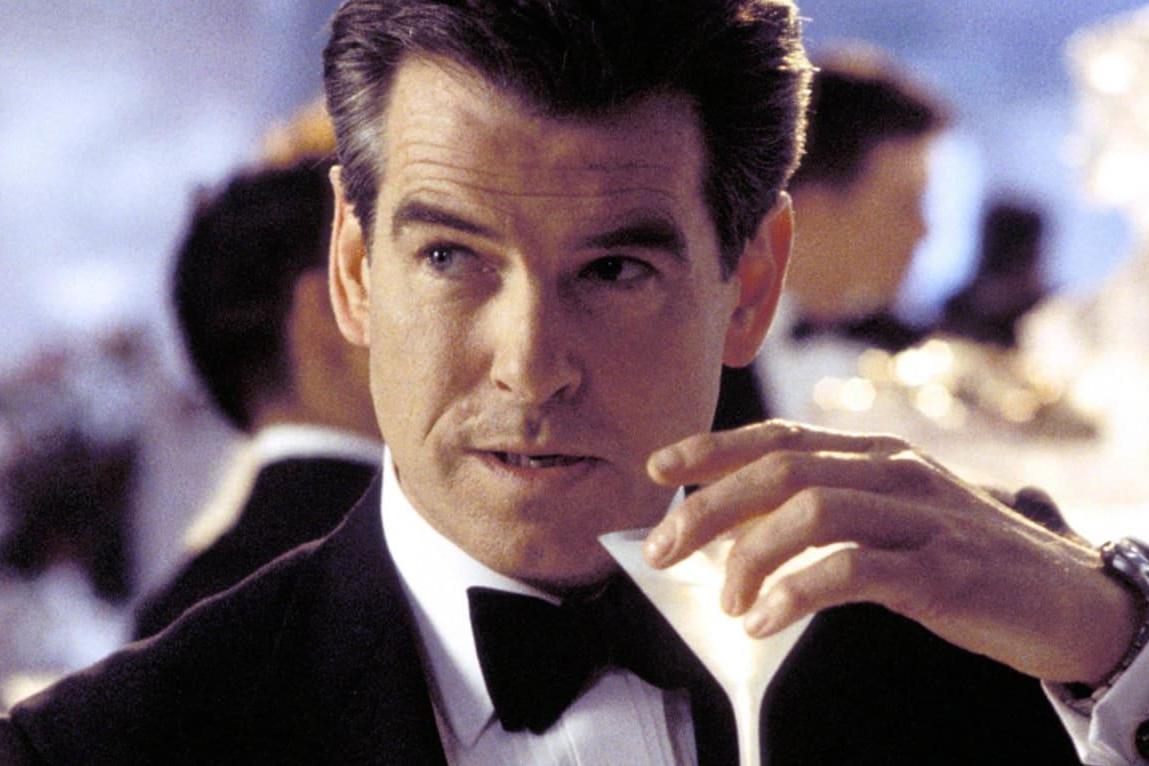
This, they thought, might change the flavour profile of the vermouth. However, they discovered that shaking did not oxidise the aldehydes quickly enough, although they did learn that it caused breakdown of hydrogen peroxide, another chemical compound that can be found in wine. Shaken martinis have half the hydrogen peroxide of stirred ones. Sadly, hydrogen peroxide in tiny amounts is pretty much tasteless so they’d clearly barked up the wrong olive tree. Adrian Le Page was a student at Western Ontario at the time: “The research went nowhere but the parties were legendary,” he recalls.
It’s the bubbles you get from shaking, insisted some. It gives the drink, briefly, an effervescent mouthfeel. Nonsense said others
But other researchers (and martini fans) were now intrigued. It’s the bubbles you get from shaking, insisted some. It gives the drink, briefly, an effervescent mouthfeel. Nonsense said others, it’s the shards of ice you end up with in a shaken martini, these aren’t present when the drink is stirred and Bond clearly liked his very cold. But it was when a martini aficionado called Anna Collins in Washington DC pointed out that shaken vodka martinis tended to feel less oily in the mouth than stirred ones that the true answer began to reveal itself.
Collins also noted that when Ian Fleming was writing his novels, vodka was less likely to be made from grain, the usual base product from which it is distilled today. It was just after the Second World War and grain was needed to make bread to feed impoverished populations. So, not wanting to give up on their tipple, vodka drinkers – mainly in eastern Europe and the Soviet Union – began using other foodstuffs as a base. In fact they’d distil anything that came to hand, frequently gathering up discarded vegetable matter and root vegetables that had seen better days, which meant that the quality of vodka reaching these and other shores was not what it would be today.
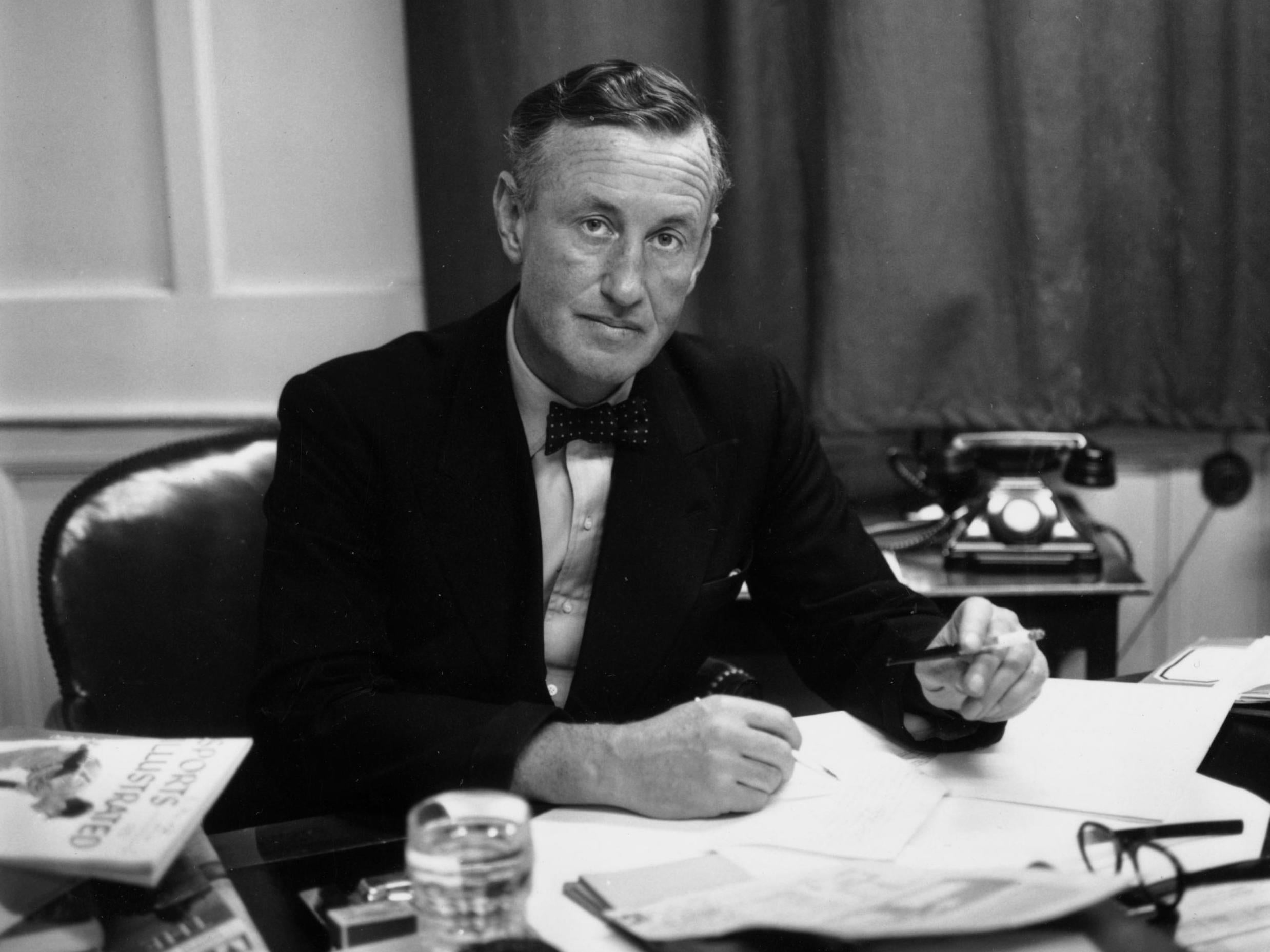
As a martini fan, Fleming – and thus James Bond – knew this too. It’s long been known that vodkas made from root vegetables have an oilier mouthfeel. If you fancy a spot of bibulous experimentation you can try this out for yourself by buying a bottle of potato vodka – a number of brands are on the market. Make a stirred martini with a grain vodka, and then one with a potato vodka. The latter will feel much oilier in the mouth. If you have the stamina – or you can wait until the following day – then make another one of each and shake them. You’ll notice that the potato vodka martini now tastes far more like the grain vodka martini (as long as you drink it cold. Leave it too long and it will become oily again).
So now we know. Back in the early 1950s the quality of vodka was often not what it is today and 007 knew that. Read the books closely and the clues are there. In Moonraker Bond adds a few black peppercorns to his vodka in order to attract and – as the corns sink to the bottom – remove fusel oils, which add a strange taste to poorly made vodkas. Fusel is a German word which roughly translates as ‘plonk’. Bond explains that it’s a habit he picked up working in the Soviet Union to counteract the unpleasant effects of badly produced vodka.
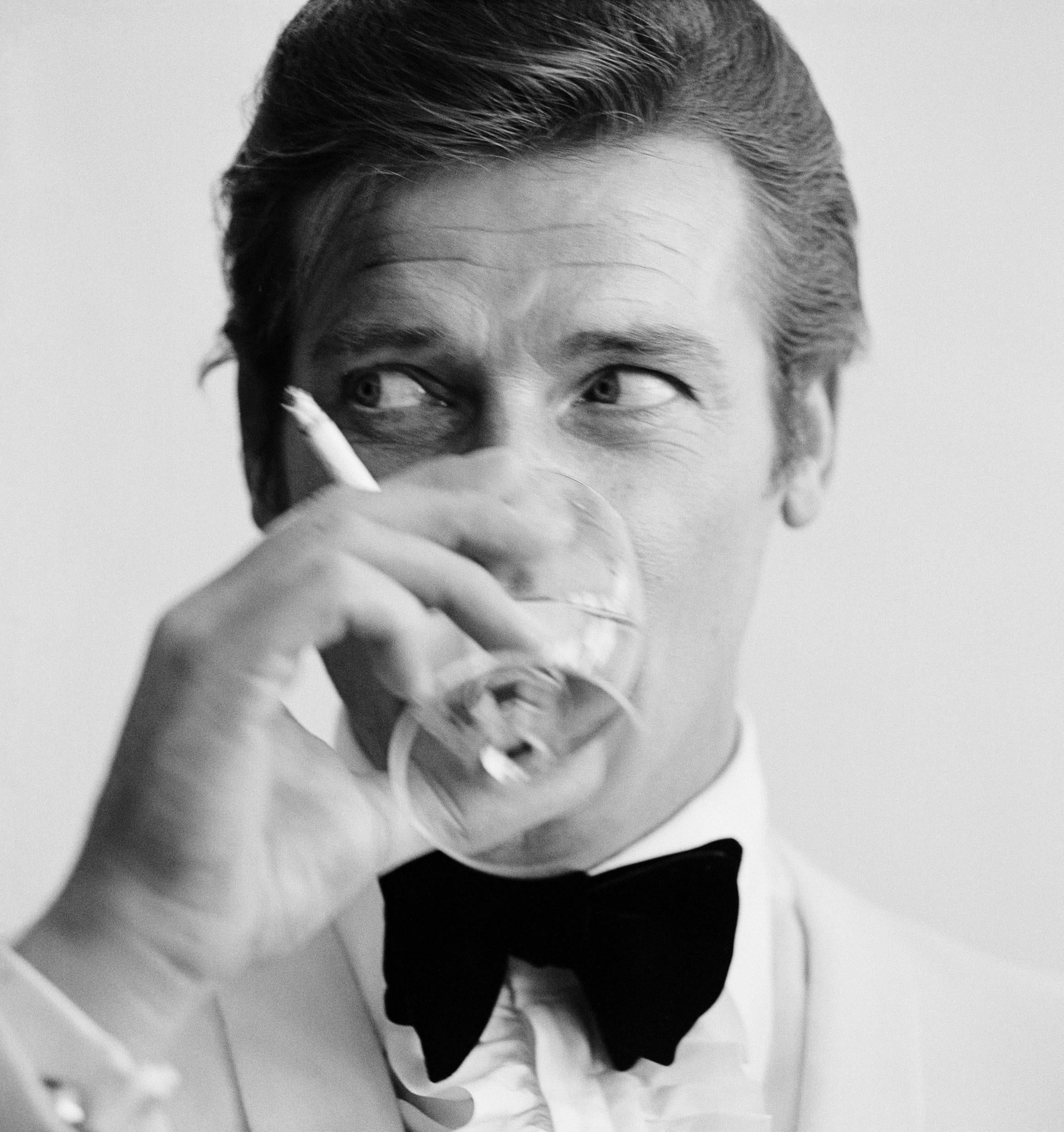
And there’s another clue when Bond orders his first Vesper martini from a bartender in Casino Royale:
“A dry martini” [Bond] said. “One. In a deep champagne goblet.”
“Oui, monsieur.”
“Just a moment. Three measures of Gordon’s, one of vodka, half a measure of Kina Lillet. Shake it very well until it’s ice-cold, then add a large slice of lemon peel. Got it?”
“Certainly, monsieur.” The barman seemed please with the idea.
While this isn’t strictly speaking a purely vodka martini, it does contain vodka and vermouth – the Kina Lillet – and the effect of shaking is still noticeable. But the clincher comes when Bond tries the drink. “Excellent,” he says approvingly. “But if you can get a vodka made with grain instead of potatoes, you will find it still better.”
So martini snobs should never have doubted the man who spots a villain in From Russia With Love by noting that he orders red wine with fish, or after meeting Colonel Smithers of the Bank of England in Goldfinger who describes the brandy he is given as “a 30-year-old fine, indifferently blended… with an overdose of bon bois”. Bon bois is distilled from vines grown in lime clay soil and can be of variable quality, which of course Bond would spot immediately. He was shaking his martinis precisely because he was a discerning gastronome.
Bond has his non-shaken occasions. In Casino Royale he orders another martini at a fraught moment and when asked if it should be shaken or stirred, replies: ‘Do I look like I give a damn?’
Of course Bond has his non-shaken occasions, as fans of the movies know. Later in Casino Royale he orders another martini at a fraught moment and when asked if it should be shaken or stirred, replies: “Do I look like I give a damn?”
And way back, in his Sean Connery guise, in You Only Live Twice he is offered a stirred not shaken martini by Henderson, an Australian intelligence officer played by Charles Gray. It’s been long debated by Bond anoraks whether this was an error in the script or whether it was a deliberate twist. Henderson dies within seconds of handing over the drink so perhaps that was the screenwriter exacting rapid revenge for the heinous faux pas.
In Spectre it gets even worse. Daniel Craig’s Bond orders a vodka martini only to find out he’s in a bar that doesn’t serve alcohol. “I’m really starting to love this place,” he declares as he is offered a prolytic digestive enzyme shake instead. Obviously they had not been expecting him.
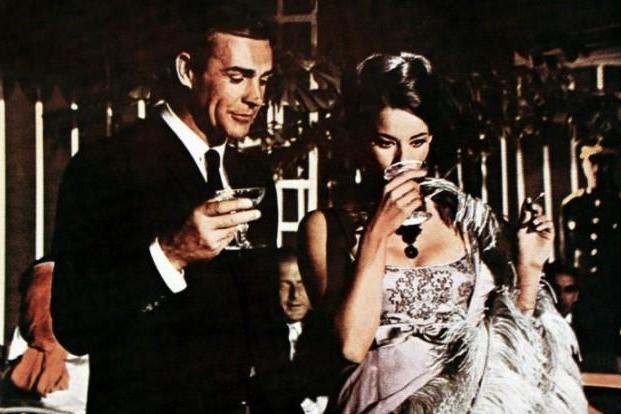
Of course, it’s been argued that 007 couldn’t possibly have carried out his espionage duties on behalf of MI6 and the nation because after all that booze he’d be permanently sloshed. Well, as we’ve already established, he should also have been shot dead many times over. But he’s still with us. Much to the relief of the franchise’s producers presumably. It must be the protective armour of all those box office millions that deflects the bullets and fortifies the liver.
Who knows, maybe the fact that the stories are all make-believe also has something to do with his survival rate and his astonishing sobriety? But even beyond the fiction, don’t forget Bond was an internationally renowned, highly trained spy. Maybe the drinking was all a ruse, the martinis only ordered to lure the opposition into a false sense of security. Visit any bar he frequents and you may find the ice buckets and plant pots filled with twists of lemon and discarded olives.
But… nah! It’s far more likely he lived up to the reputation of a real-life operative who worked at the British embassy in Moscow in the 1960s. A few years ago an obituary appeared in The Independent. Apparently the operative was sent out to official functions with his Russian opposite numbers because he could drink copious amounts of vodka without becoming noticeably drunk. Secrets would be blurted out by his counterparts and, thanks to his amazing powers of recall and iron constitution, he would spend the rest of the night writing down what he had just learnt before wiring it to London. Bond and Fleming would have been proud.
Shake that man a martini…
SHAKEN MARTINI RECIPE
60ml potato vodka
10ml dry vermouth
Twist of lemon
Add eight large cubes of ice to a cocktail shaker, put on the strainer and lid and shake until your bare hands are very cold. Strain into a chilled martini glass. Spray the oils from the lemon zest atop the liquid surface and drop the peel into the glass. Drink before the oiliness asserts itself while trying to list all six Bonds and all 25 movies.
Join our commenting forum
Join thought-provoking conversations, follow other Independent readers and see their replies
Comments